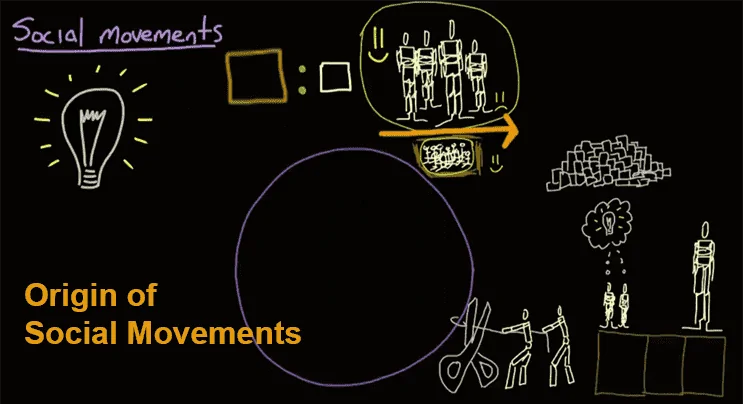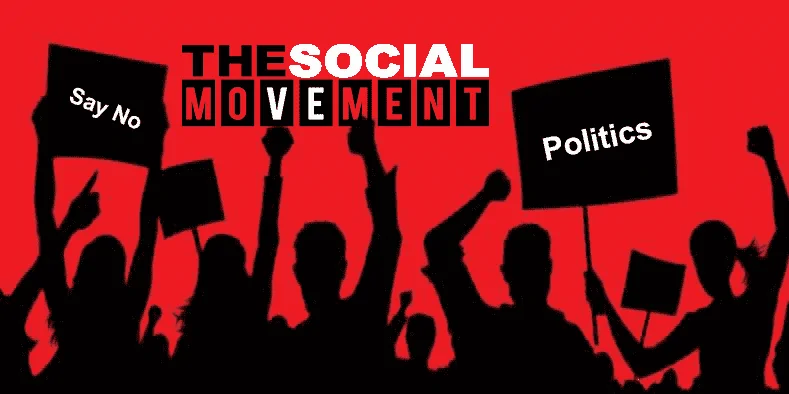Write short notes on Tana Bhagat Movement and Socio Religious Movement of Tribal.
TANA BHAGAT MOVEMENT.
This movement emerged among the Oraons of Chhotanagpur who subscribed to the Bhakti cult. There was, a large scale incorporation of Hindu beliefs and practices. Jatra Oraon, the leader, declared in 1914 that Dharmesh, the God of Oraon, revealed to him that they should give up worship of ghosts and spirits, refrain from animal sacrifice, meat eating and liquor drinking.
It was believed that the God had given jatra certain songs/ spells by which ailments etc. could be cured. As they felt that their deities were of Munda origin, the founders of Tana Bhagat Movement started a programme of religious conversion. They emphasized a return to the original Oraon religion.
In its earlier stage, they expelled the evil spirits imported from the Munda and rebelled against the exploitative landlords. Their leader was impersonal yet some cult members refused to pay rent to their landlords. Other rebellions activities such as ghost hunting drive, holding meeting were regarded with suspicion. After sometime the movement broke up into smaller cults.
SOCIO RELIGIOUS MOVEMENTS.
Socio-religious movements may emerge as a result of the changes within a group but mostly they are a product of contact with the outgroup. Tribal movements have predominantly been located in the so called ‘tribal belt’ in middle India. Some of these movements have also incorporated elements of Christianity (Birsa Munda Movement, 1895-1901) and of the Bhakti tradition (Bhagal Movements of the Oraons) into their vision.
The movements of the tribes of North-East India (Naga, Bodo, Mizo), which are documented in case studies occupy a special position as they developed into armed struggles for political autonomy and separate nationhood, which started in pindependent India and continued after independence.




